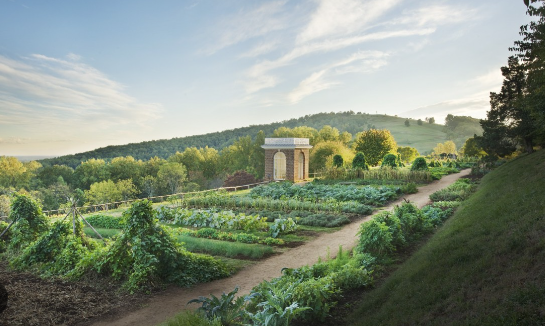Exploring the Impact of Historic Landscape Architects
Historic landscape architects have played a crucial role in shaping our public spaces, gardens, and parks. Their visionary designs not only enhance the beauty of our surroundings but also promote ecological harmony and cultural identity. Understanding their contributions helps us appreciate the landscapes we enjoy today and inspires future generations to continue their work.
Pioneers of Landscape Architecture
One of the most influential figures in landscape architecture is Frederick Law Olmsted, often regarded as the father of the profession in the United States. He co-designed Central Park in New York City, transforming an urban area into a lush, welcoming retreat for city dwellers. Olmsted’s innovative approach emphasized natural beauty and accessibility, laying the groundwork for public park design nationwide. His belief in the importance of green spaces in urban environments continues to resonate today.
Naturalistic Design Principles
Another key figure in historic landscape architecture is Capability Brown, an 18th-century English landscape designer known for his skill in creating naturalistic landscapes. His designs often featured sweeping lawns, serene lakes, and harmonious planting schemes that integrated seamlessly with the existing environment. Brown’s work emphasized the aesthetic appeal of nature, inspiring countless gardens and estates across England. His philosophies remind us that thoughtful landscape design can enhance both the environment and human well-being.
Cultural and Historical Significance
Landscape architects like Beatrix Farrand played vital roles in integrating cultural and historical context into their designs. As the first female member of the American Society of Landscape Architects, Farrand made significant contributions to campus landscapes, particularly at institutions like Yale University. She skillfully combined native plantings with European garden styles, reflecting her commitment to biodiversity and ecological health. Her work highlights how landscape architecture can preserve cultural heritage while fostering ecological integrity.
In Conclusion
Learning about historic landscape architects provides valuable insights into the evolution of our shared environments. Their innovative designs shaped public spaces that enhance our quality of life and reflect our cultural landscapes. To delve deeper into this fascinating field, consider exploring local parks, gardens, or historical sites to experience firsthand the impact of these visionary designers. Let’s celebrate the legacies of these pioneering individuals and continue to advocate for thoughtful landscape architecture in our communities.

